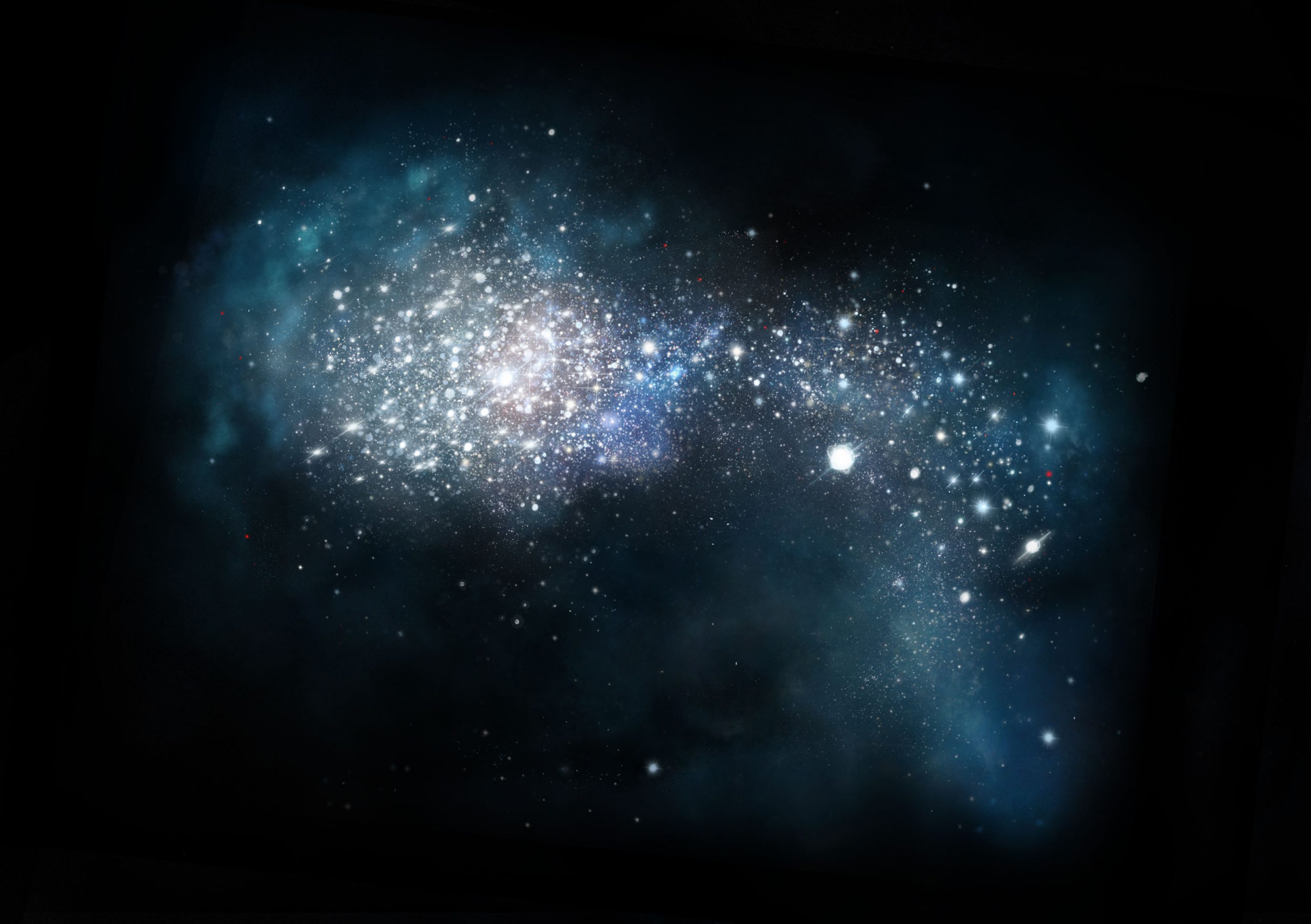
Earliest evidences of oxygen found in a galaxy 13.28 billion light-years away from Earth
A distant galaxy, located at around 13 billion light-years away from the Earth and gravitationally lensed, allowed the scientists to detect the earliest evidence of oxygen and the formation of stars and galaxies when the universe was still 2 to 3% of its present age. According to the calculations, the earliest stars were formed some 250 million years after the Big Bang for which, the research paper is published in Nature.
A group of researchers including astrophysicist Richard Ellis at the University College of London stated that it is surprising how stars in galaxies began to form so early after the Big Bang. Researchers observed the ancient galaxy known as MACS1149-JD1 which is located more than 13 billion light-years away and was discovered in 2012 after a natural phenomenon called gravitational lensing enabled the astronomers and scientists to peep into the Galaxy sought to have originated soon after the Big Bang happened.
The study progresses further with the measurement of the ancient galaxy from the Earth were the team calculated the signature of ionized oxygen emanating from the galaxy using the ALMA Telescope in Chile. It is a very sensitive observatory capable of detecting oxygen lines in hot gas. The researchers analyzed that due to the expansion of the universe, the wavelength of the oxygen lines began to shift towards ‘redshift’. According to the data, the wavelength of the oxygen line originating from the ancient galaxy was around 88 microns, however, it stretched to almost 893 microns when detected. Researchers also found out that the universe had expanded nine to ten times ( 9.1096 +- 0.0006 ) after the light with the oxygen line left the object.
Further, this means that the oxygen lines in the light emanating from the galaxy was emitted 13.28 billion years ago when our universe was only 550 million years old. This also hints towards star formation in the earlier galaxies since oxygen can only be prepared in nuclear furnace of the stars which releases after the star die. This means that there were stars formed 500 million years after the Big Bang which had reached its level of chemical maturity capable of releasing oxygen after it died.
Moving further, researchers also found out that the ancient galaxy named as MACS1149-JD1 was about 300 million years old about 13.28 billion years ago when the stars were born inside it. It also implies that the universe was only 2% old compared to its present age when the stars were formed 250 million years ago which has opened all-new opportunities for the researchers to observe and conclude. For now, researchers are waiting for the James Webb Space Telescope that will be sent to space in 2020 to detect infrared wavelengths of earliest galaxies and stars. It will also enable the researchers to peep into the galaxies and stars formed just after the Big Bang.


